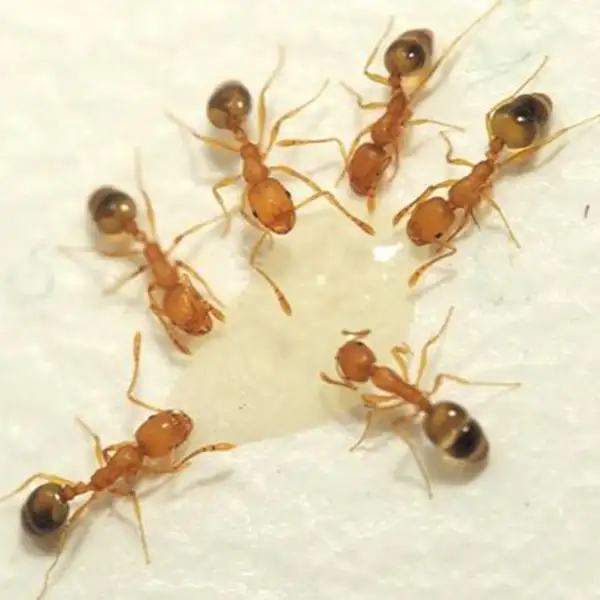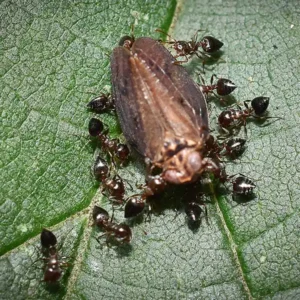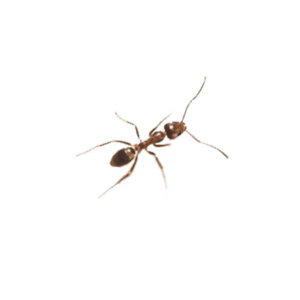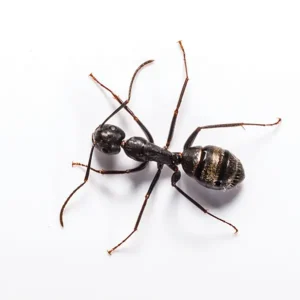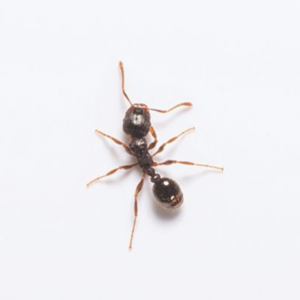Pharaoh Ants in Memphis TN Metro Area
In the Memphis TN Metro Area area, the Pharaoh ant stands out as one of the most persistent and troublesome ants to control. Their extensive colonies, housing numerous queens and millions of workers, make them incredibly difficult to eradicate. Being an invasive species, Pharaoh ants outnumber and displace native ant populations. These ants have the remarkable ability to swiftly divide and establish new colonies when disturbed. This characteristic enables them to spread rapidly within homes and buildings. While they will nest in well-protected areas indoors, Pharaoh ants exhibit a preference for lawns and gardens when outdoors.
Pharaoh Ant Habitat
Pharaoh ants are relentless in their search for food, actively foraging day and night. They have a varied diet, consuming sweets, proteins, as well as both live and dead insects. These ants have a preference for areas with moisture, leading them to establish nests near water sources like sprinkler systems and evaporative cooling units. When found indoors, Pharaoh ant nests are typically located in hard-to-reach areas close to moisture, such as bathrooms, kitchens, under floors, and behind baseboards. In settings such as hospitals, nursing homes, and food-processing facilities, they tend to appear in kitchens, laundries, boiler rooms, and around heating ducts, toilets, and pipes. Pharaoh ants make use of electrical wiring and plumbing pipes to move from room to room, granting them access throughout an entire structure.
Pharaoh Ant Behaviors, Threats, or Dangers
While Pharaoh ants themselves do not bite, they present a significant risk by carrying and spreading various harmful pathogens to humans and pets, such as salmonella and streptococcus. Despite their small size, they can infiltrate almost any area, posing a threat of food contamination and compromising food preparation surfaces in kitchens and cafeterias during their foraging activities. In healthcare facilities like hospitals and nursing homes, their presence can lead to the contamination of sterile operating rooms, surgical equipment, and recovery areas. It is worth noting that traditional pest control methods often prove ineffective against Pharaoh ants. If there is suspicion of a Pharaoh ant infestation, it is strongly advised to seek assistance from a professional ant exterminator.

